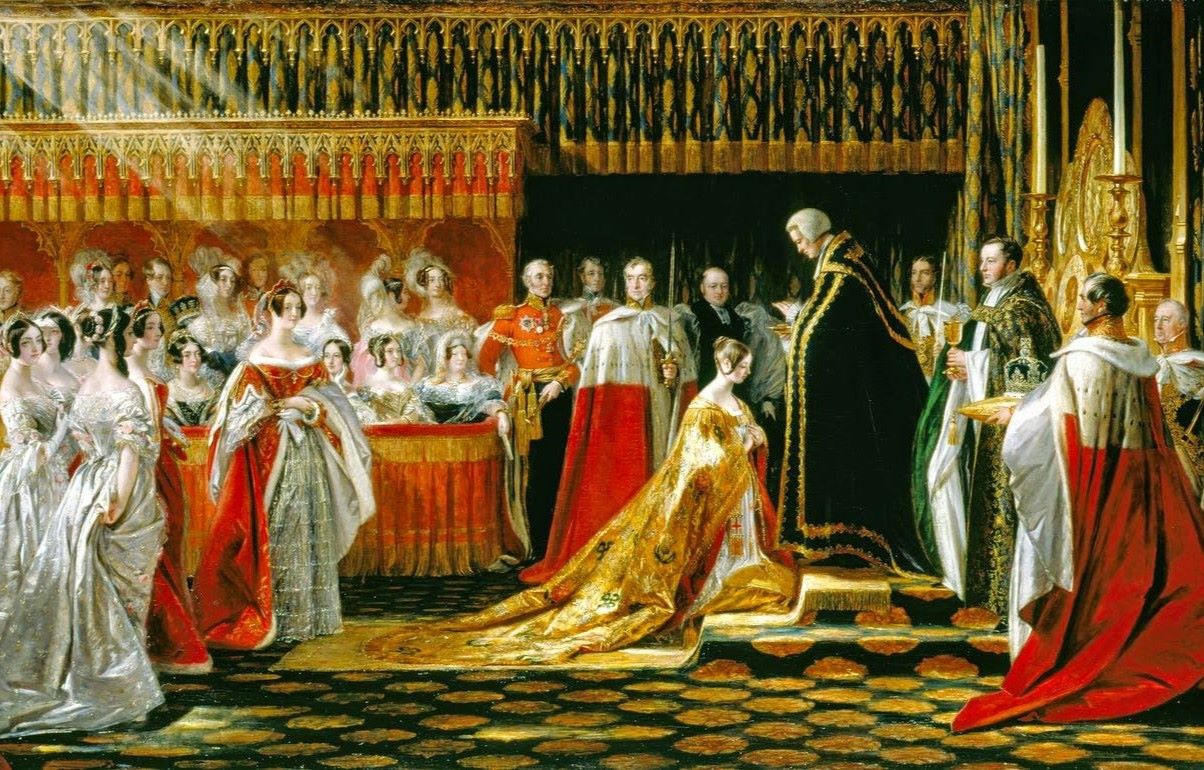
The 1483 Flemish Revolt was a significant uprising in the County of Flanders, now part of modern-day Belgium. This revolt was driven by economic hardships, high taxes, and political tensions between the local population and the ruling Burgundian authorities. The conflict saw townspeople, artisans, and peasants banding together to challenge the oppressive rule. Key figures like Philip the Handsome and Maximilian of Austria played crucial roles in the unfolding events. Despite initial successes, the revolt ultimately failed, leading to severe repercussions for the rebels. Understanding this historical event provides insight into the socio-political dynamics of medieval Europe and the enduring spirit of resistance among oppressed communities.
Key Takeaways:
- The 1483 Flemish Revolt was a major uprising in Flanders due to heavy taxes and economic decline, involving various social classes and leading to significant social and economic impacts.
- The revolt saw key figures and events, such as Maximilian I and the Siege of Ghent, and had lasting effects on the textile industry, trade routes, and the desire for greater autonomy.
The 1483 Flemish Revolt: An Overview
The 1483 Flemish Revolt was a significant uprising in the history of Flanders. This event was marked by political, social, and economic turmoil. Let's dive into some fascinating facts about this historical event.
- The revolt began in 1483 due to heavy taxation imposed by Maximilian I of Austria.
- The Flemish cities of Ghent, Bruges, and Ypres were the main centers of the uprising.
- The revolt was fueled by the economic decline in the textile industry, which was the backbone of Flanders' economy.
- The Flemish people were also unhappy with the centralization of power by the Habsburgs.
- The revolt saw the participation of various social classes, including merchants, artisans, and peasants.
- Maximilian I responded to the revolt by sending an army to suppress the uprising.
- The Battle of Westrozebeke in 1488 was a significant conflict during the revolt.
- The Flemish forces were led by Philip of Cleves, a nobleman who opposed Maximilian's policies.
- The revolt lasted for several years, with intermittent periods of peace and conflict.
- The Treaty of Arras in 1482, which ended the War of the Burgundian Succession, indirectly contributed to the revolt.
Key Figures and Events
Several key figures and events played crucial roles in the 1483 Flemish Revolt. Understanding these elements provides deeper insight into the complexities of the uprising.
- Maximilian I of Austria was the Holy Roman Emperor and the primary antagonist in the revolt.
- Philip of Cleves, a prominent nobleman, emerged as a leader of the Flemish resistance.
- The city of Ghent declared itself a republic during the revolt, rejecting Maximilian's authority.
- The Bruges Matins, a massacre of pro-Maximilian officials in Bruges, escalated the conflict.
- The Siege of Ghent in 1488 was a pivotal event where Maximilian's forces attempted to reclaim the city.
- The revolt saw the use of early artillery and gunpowder weapons, changing the nature of warfare.
- The economic blockade imposed by Maximilian severely impacted the Flemish cities.
- The revolt also had religious undertones, with some factions opposing the Catholic Church's influence.
- The Flemish cities formed alliances with other European powers, including France and England.
- The eventual defeat of the Flemish forces led to harsh reprisals and increased centralization of power by the Habsburgs.
Social and Economic Impact
The 1483 Flemish Revolt had far-reaching social and economic consequences for the region. These impacts shaped the future of Flanders and its people.
- The heavy taxation that sparked the revolt was intended to fund Maximilian's wars in Italy.
- The textile industry, which was already in decline, suffered further due to the conflict.
- Many artisans and merchants fled the cities, leading to a brain drain and economic stagnation.
- The revolt disrupted trade routes, affecting not only Flanders but also neighboring regions.
- The social fabric of Flemish society was torn apart, with families and communities divided by the conflict.
- The harsh reprisals following the revolt included executions, confiscations of property, and increased taxes.
- The revolt highlighted the growing discontent with feudalism and the desire for greater autonomy.
- The economic hardships faced by the Flemish people led to increased emigration to other parts of Europe.
- The revolt also had a cultural impact, inspiring literature, art, and folklore that depicted the struggle.
- The legacy of the 1483 Flemish Revolt influenced future uprisings and resistance movements in the region.
The Lasting Impact of the 1483 Flemish Revolt
The 1483 Flemish Revolt left a significant mark on history. It wasn't just a local uprising; it shaped the political landscape of Flanders and beyond. The revolt highlighted the growing discontent among the Flemish people towards their rulers, sparking changes that would influence future generations. The bravery and determination of the rebels showcased the power of collective action, even in the face of overwhelming odds. This event also served as a reminder of the importance of addressing the needs and grievances of the populace to maintain stability. The 1483 Flemish Revolt remains a powerful example of how ordinary people can drive significant change. Understanding this historical event helps us appreciate the complexities of power, resistance, and the enduring human spirit. The lessons learned from this revolt continue to resonate, reminding us of the importance of justice and equity in society.
Frequently Asked Questions
Was this page helpful?
Our commitment to delivering trustworthy and engaging content is at the heart of what we do. Each fact on our site is contributed by real users like you, bringing a wealth of diverse insights and information. To ensure the highest standards of accuracy and reliability, our dedicated editors meticulously review each submission. This process guarantees that the facts we share are not only fascinating but also credible. Trust in our commitment to quality and authenticity as you explore and learn with us.
